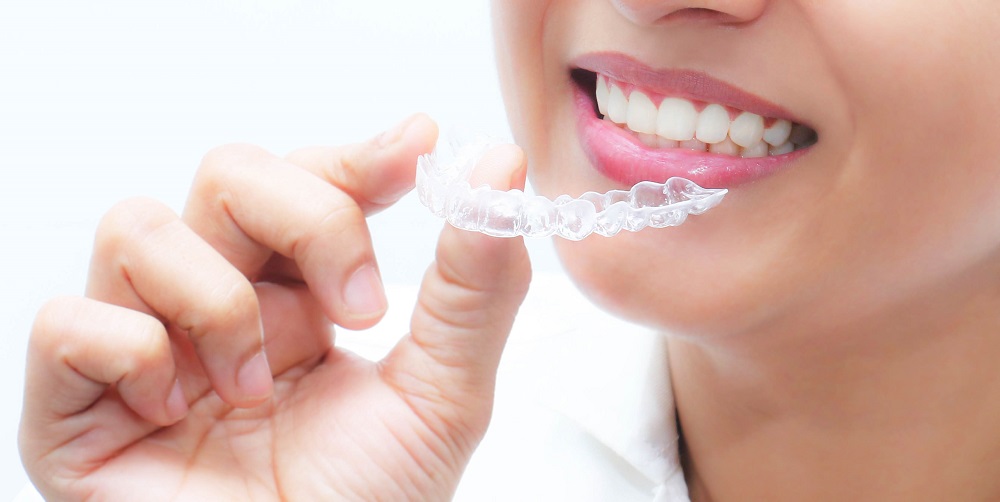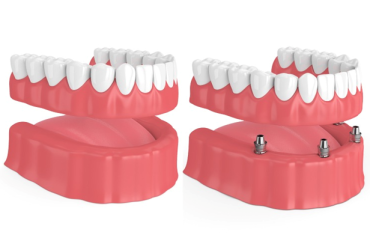What Is Teeth Whitening?
Teeth bleaching is a branch of cosmetic dentistry during which a special bleaching agent removes tooth discoloration and dark spots on the teeth that have developed over time. Various factors may affect teeth discoloration. Age, genetics, use of colored food, smoking, chemical drugs, etc. As a dentist applying teeth whitening in Scarborough explains, bleaching material is usually carbamide peroxide and has varying concentration levels. Higher concentration and thicker materials produce a lightning effect faster than lower concentration and dense materials. Higher concentrations can cause more sensitivity and are usually tolerated for a shorter period. Therefore, how bleaching affects your lifestyle is important in determining what agents you can use and for how long.
Methods of Whitening Teeth at Home with Bleaching
Whitening gel and glue
Apply the whitening gel or paste directly on the teeth. You should use these bleaching products as glue or with a special brush once or twice daily for 10 days to two weeks. The results last four months or more (depending on how you take care of it).
Bleaching with gel and plaque

In this teeth whitening method, you are given a tray or plaque similar to a night guard that covers the teeth. You pour the peroxide-based gel on the plaque and put it in contact with the teeth. Depending on the product type, you should leave the gel on the teeth for one to several hours a day. You can do this for four weeks. You can get the gel and plaque system ready from the pharmacy or go to the dentist to make your special plaque. If the plaque does not have the exact size and shape of your mouth, the gel will protrude from it and come into contact with the gums, causing inflammation or even burning.
Whitening toothpaste
Since toothpaste is also slightly abrasive, they help to remove stains from the tooth surface, but whitening toothpaste also contains chemicals or polishing agents that help remove stains more. Whitening toothpaste is a relatively inexpensive way to lighten teeth by one degree. Some of these toothpaste contain peroxide.
Teeth whitening pen
Teeth whitening pens contain carbamide peroxide, used directly on the teeth to break down and remove stains on the tooth surface. Each pen contains gel for more than 15 treatment sessions. It would help if you used the pen twice a day.
Advantages of Bleaching at Home
- There is no need to visit the dentist anymore, and its frequency is much less.
- It is usually much more cost-effective.
- You can whiten your teeth the way you like.
- The home method is more tolerable for some people who cannot tolerate the rubber sheet used in the dental office to prevent the gel from rubbing on the gums.
Disadvantages and Complications of Teeth Whitening at Home
- It doesn’t matter which type of bleaching product you use; if you are not careful and the chemicals come into contact with the gums, they will cause irritation and sensitivity. Especially if you already have tooth sensitivity, this condition may worsen.
- There is a possibility of burning the gums.
- Some at-home teeth whitening products may harm tooth enamel and cause loss.
- One of the disadvantages of the home method of teeth whitening is that the entire responsibility of the treatment is on you, and the dentist needs to supervise your work.
- This method does not whiten the teeth immediately, but you must continue the treatment for several weeks to have an effect. Therefore, it is only suitable for those who want to whiten their teeth after some time.
- In the gel and plaque method, if you use a ready-made plaque, there is a high possibility that it will not be the size of your teeth, and some of the bleaching gel will protrude and come into contact with the gums. In this case, the gums may become sensitive or blister.




